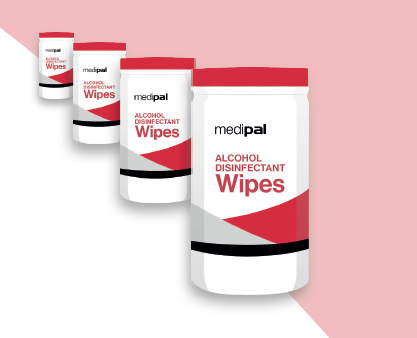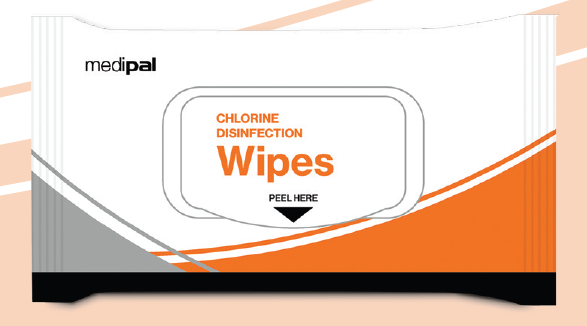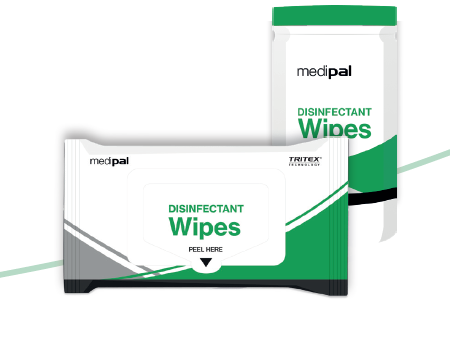Discover the places in restaurants, supermarkets, and pubs that are prone to germs, as well as how to keep things clean, minimising the transmission risk for your staff and customers.
In the first part of our ‘Germ Hotspots’ series, we looked at where the bacteria could be lurking in your restaurant.
Now we’re going to put takeaways, supermarkets, and bars and pubs in the spotlight and identify the ways you can keep your business clean and sanitised.
Our guides to the germs in your workplace may also be useful for your commute or if you have an office space.
TAKEAWAYS
Touch screen
Although relatively new to the industry, touch screens are a popular way to order fast food thanks to their speed and convenience. But they don’t come without their hazards. A 2018 study by London Metropolitan University found bacteria on every touch screen sample, including Staphylococcus aureus, which can lead to Toxic Shock Syndrome. Cleaning touch screens can be a little tricky owing to the technology inside. We would always recommend (alcohol free) multi-surface antibacterial wipes or alcohol surface disinfection wipes. However, refer to the product’s manual on how to ensure cleanliness while protecting the product.
Condiment bottles
If you keep your condiments on the side for customers to use themselves, they’re going to come into contact with many different hands. Ideally, these would be kept behind the counter just for staff use, as you can more easily control the cleanliness. However, if you prefer them to be freely available you can minimise the risk of bacteria spreading by regularly wiping them down with alcohol surface disinfection wipes. This also includes wiping down any excess spillage from the top of the bottles.
Packaging
Covid-19 can reportedly survive up to 24 hours on paper or cardboard, making your food’s packaging a potential hazard. To avoid material that has possibly been contaminated with this virus – or something similar – coming into contact with your customers or kitchen area, we recommend regular cleaning of tables and removal of rubbish. Staff members whose task this is should always wear gloves and wash their hands thoroughly, with clean running water and soap, after completing the job.
SUPERMARKETS
Shopping trolley handle
The handle of a shopping trolley could be harbouring more than 11 million microorganisms – including some from raw meat. With many different sets of hands taking hold of them, as well as a vast array of food products that come into contact with a trolley, it’s little wonder that they can be hotbeds for pathogens. As well as regular cleaning by staff, make surface disinfection wipes available to customers too. You could also ensure antibacterial hand gel is conveniently located for everyone.
Fresh produce
Fresh produce can go through a variety of hands, with people touching and squeezing to pick their preferred item. Ideally a ‘no touching before purchase’ rule would be in place however, we appreciate this could be tricky to enforce. Instead, ensure a number of hygiene products are available – such as disposable gloves or self-serve tongs (that are regularly sanitised).
Self-checkout
Just like those fast food touch screens, a supermarket self-checkout touch screen can be home to a variety of germs. In fact, 50% of self-checkout touchscreens have been found to have fecal bacteria and Staphylococcus aureus present. As well as regular sanitising of the screen (in line with the manufacturers guidance), ensure antibacterial hand gel is available for customers and staff both before and after use.
BARS AND PUBS
Glassware
Dishwashers should sanitise all glassware however, there are a few things you and your staff should check frequently to ensure effective cleaning. The water within the dishwasher should be hot enough – above 63°C at least in order to kill bacteria. Similarly, soap should also be used to destroy pathogens. And finally, be sure to let the wash cycle fully complete before opening the dishwasher. Offering paper straws is also a good way to provide another layer of hygiene for your customers.
Ice
Ice buckets tend to be at waist-level which is a prime position to catch any accidental drips and spills. To avoid this, move your bucket to a more remote, higher up position. It may be a touch more inconvenient to bar staff but it will be more hygienic. In addition, ask your staff to wear gloves when they scoop ice, as knuckles or shirt cuffs can very often touch the inside of the bucket. Preferably ice would come from a closed machine, however, even these come with drawbacks and have been known to harbor bacteria such as E. coli. With this in mind, thorough and regular cleaning with surface disinfection wipes or alcohol surface disinfection wipes is essential.
Bar top
Spilt drinks, sticky glasses, cash, hands – the list goes on. Your bar top is a large surface area that is subjected to many different objects and body parts. A recent study found that Covid-19 can survive up to four hours on copper and two to three days on plastic and stainless steel, partly due to a non-porous surfaces’ ability to keep the virus alive for longer. Instead of waiting for spills and visible dirt, proactively clean on a regular basis using surface disinfection wipes.






